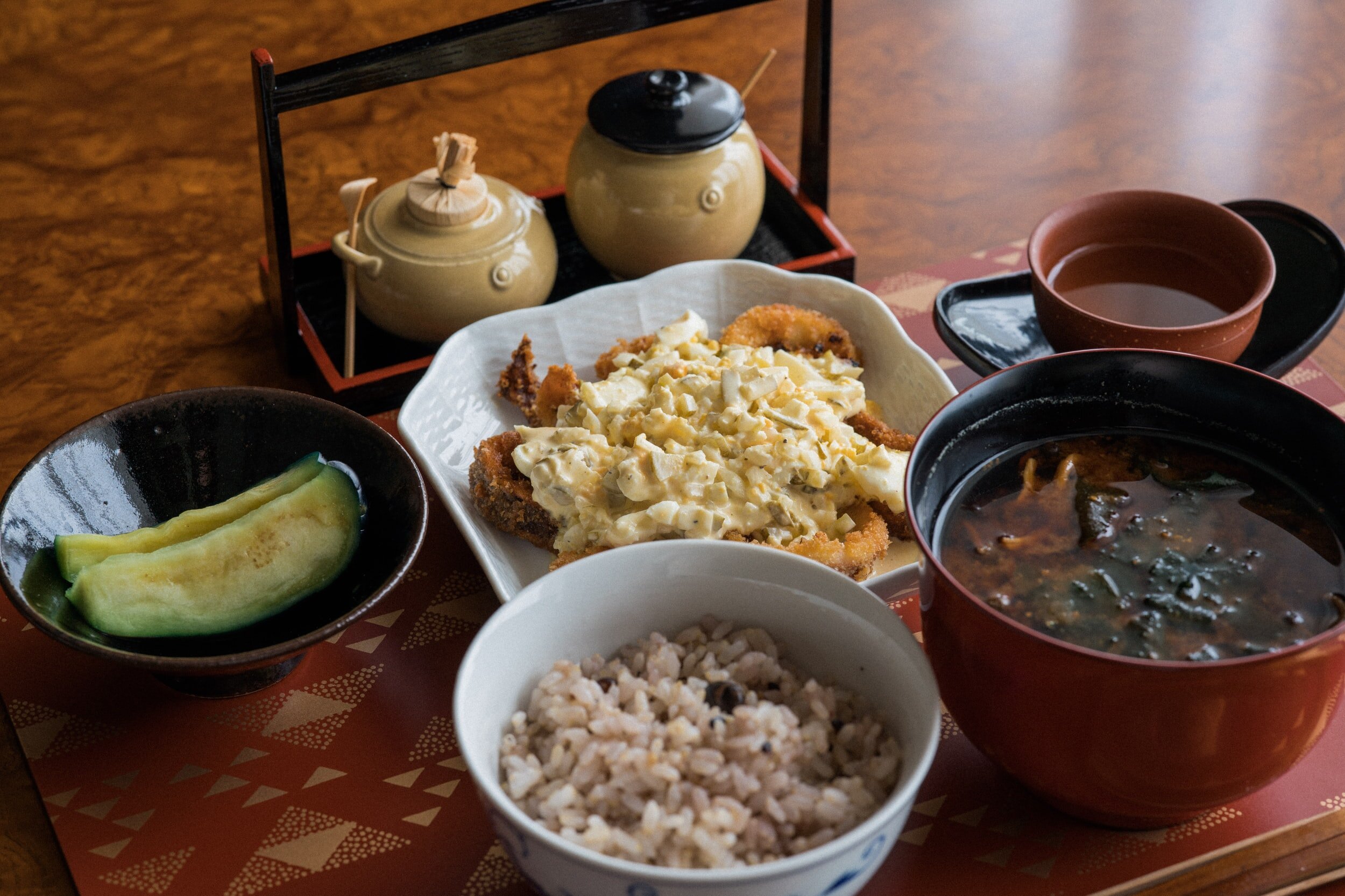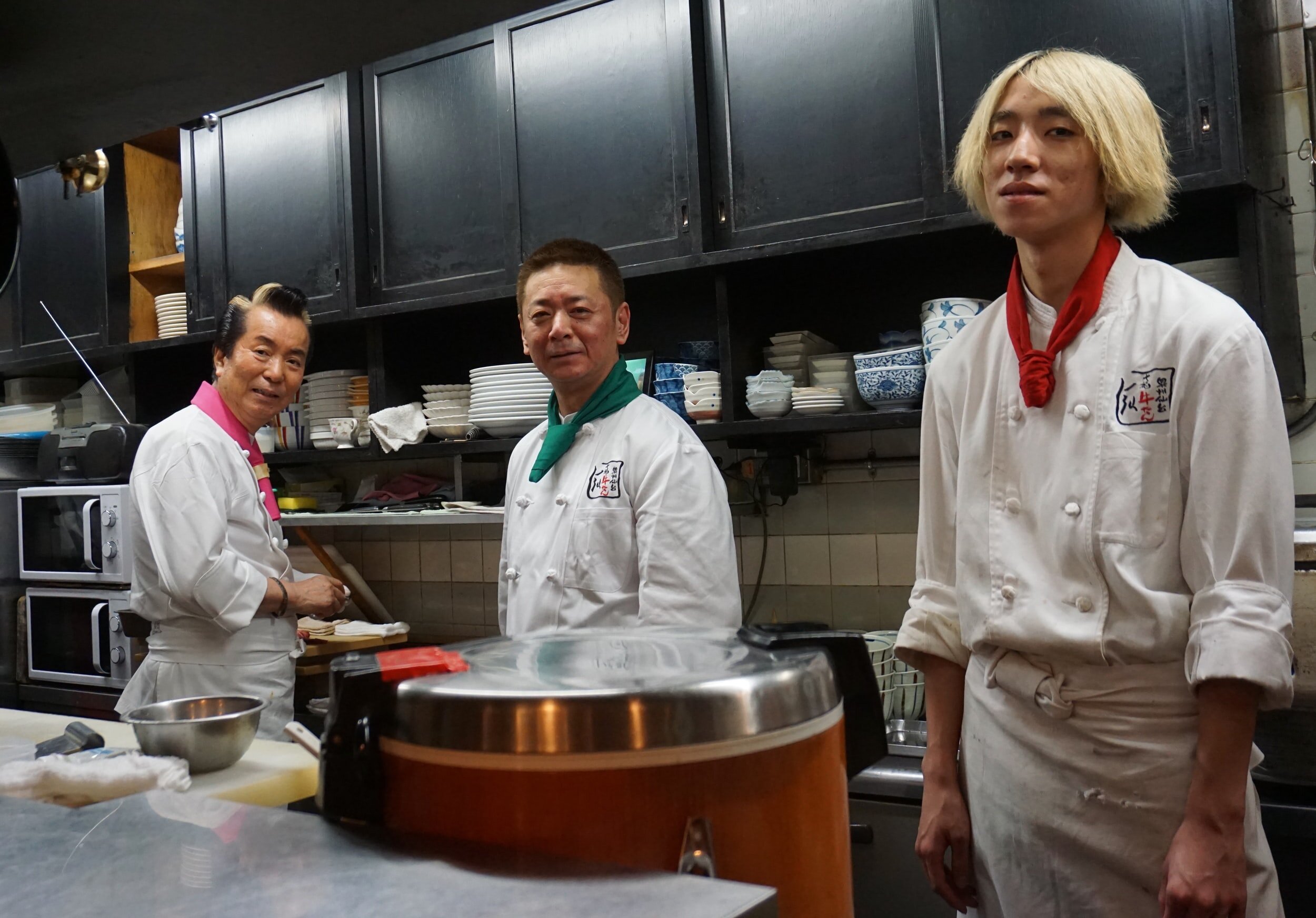Success story sequel
The fact that Japan has largely maintained this high life expectancy through all manner of potential challenges, such as the increased availability of Western foods, is a real success story.
The obesity rate, even as it spirals ever upwards worldwide, remains low in the country, and this has been attributed to the low amount of saturated fat content in Japanese food. Though historically at high risk of stroke, attributed to the extremely high salt content in washoku, recent public health awareness campaigns to reduce the amount of salt consumed have helped somewhat stymie the stroke issue.
But there remains some evidence that throws a spanner in the works of the idea that sushi, soy, rice, and miso are some kind of superfood combination.
Coronary heart disease (CHD), one of the largest-reaching preventable cardiometabolic diseases in the world, was found in an older study to be lowest in men of Japanese ancestry living in Japan, higher in those with the same ancestry living in Hawai’i, and highest in Japanese Californians.
The kneejerk reaction might be to point out that obviously the closer the Japanese came to the American midwest, the worse their CHD risk was. But in 3,500 men, all the major CHD risk factors were controlled for, that is to say, diet, smoking, serum cholesterol, blood lipids, blood pressure, and instances of chest pain.
What appeared instead was the level to which the Japanese Californians assimilated socially and culturally into the American societies in which they lived, suggesting that it was the cultural differences that brought about the 5-fold high increase in CHD risk in Californian Japanese. Furthermore, those Californians who stayed as culturally and socially Japanese as men in Japan did, kept the CHD risk levels found in Japanese men in their own country.
A fascinating find, one which perhaps hasn’t garnered enough attention, and that may put a pause on westerners reaching for miso, seaweed, fermented cabbage, and octopus.
Relevant even today
The Japanese nutritional science community believes that some of their staples should be subjected to more rigorous scientific study to examine which foods or combinations of foods can help maintain physical and mental acuity as a person ages.
Fermented foods, for example, are prevalent in washoku, and are well-known for their health benefits. Things like fermented soy, cabbage, and fish offer significant boosts to the immune system, but can they help longevity?
A naturally occurring sugar, called trehalose, is commonly used as a shelf-life extender in the country. It’s also being looked at for its perceived properties to induce autophagy, one of the most important biological longevity functions that clears out or repairs dead or damaged cells.
There’s still some research though, regarding general dietary patterns, that could be utilized to refine existing food recommendations.
Adherence to Japanese dietary guidelines has shown a 15% reduced mortality rate in the country, mostly when it comes to cerebrovascular disease, which was shown strongest in people who ate more fish than red meat, as well as the advised servings of fruit, which interestingly were lower than in Western diets, sitting at the same serving numbers per day as meat.
Washoku was listed by the United Nations Educational Scientific and Cultural Organization (UNESCO) as a form of intangible human heritage, and still today inspires an oriental mystique in its customs and techniques.
Modern Japanese chefs and nutritional scientists alike carry on an ancient tradition that perhaps more than ever before deserves a place in the islands’ unique culture. WaL
If you think the stories you’ve just read were worth a few dollars, consider donating here to our modest $500-a-year administration costs.




